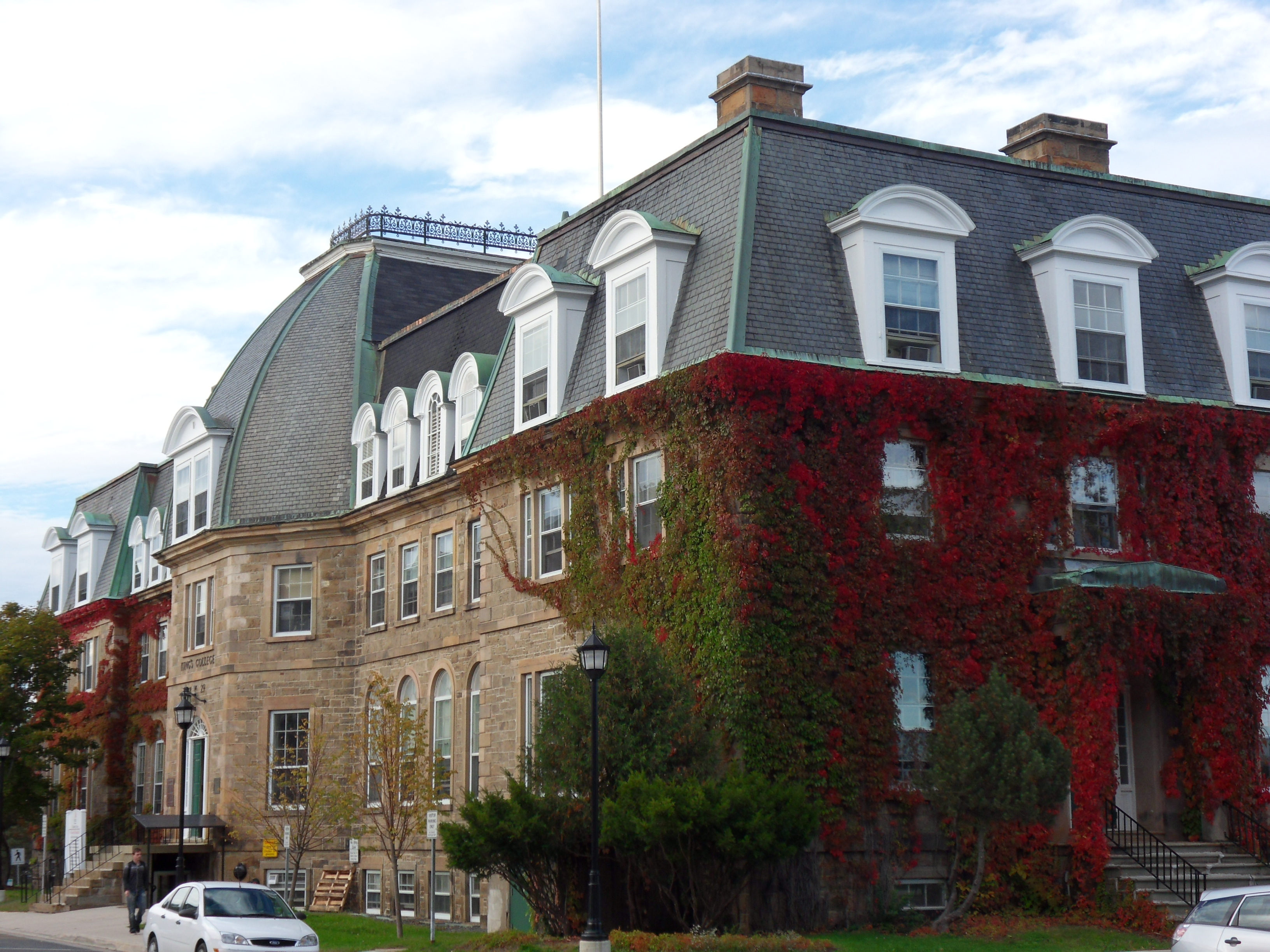SCOPE of the meeting
Why a meeting for Volvox and its relatives?
(1) They comprise a group of closely related organisms that range in complexity from unicellular forms, undifferentiated colonies, to true multicellular individuals with completely differentiated germ and somatic cells.
(2) They are of such recent origin (in geological time) that there is hope that its various members may still retain within their genomes traces of the genetic changes that permitted transitions from one level of organizational complexity to the next.
(3) The transitions in complexity have occurred more than once, thus raising the hope that the genetic changes and selective factors required for these transitions may be analyzed.
(4) They have been studied in detail by cytologists, biochemists, developmental biologists, geneticists, and molecular biologists.
(5) Their distribution, natural history, and ecology has been extensively studied.
(6) They can easily be obtained from nature and maintained in the lab under realistic growing conditions that allow for an eco-physiological framework.
(7) The facultative sexual cycle is well characterized.
(8) The genomes of two representatives - the unicellular Chlamydomonas reinhardtii and the multicellualr Volvox carteri - have been sequenced.
(9) Several social genes (regA, glsA) underlying germ-soma separation and fitness reorganization have been identified.
(10) Stable mutant forms of V. carteri with disrupted germ-soma separation have been isolated.
